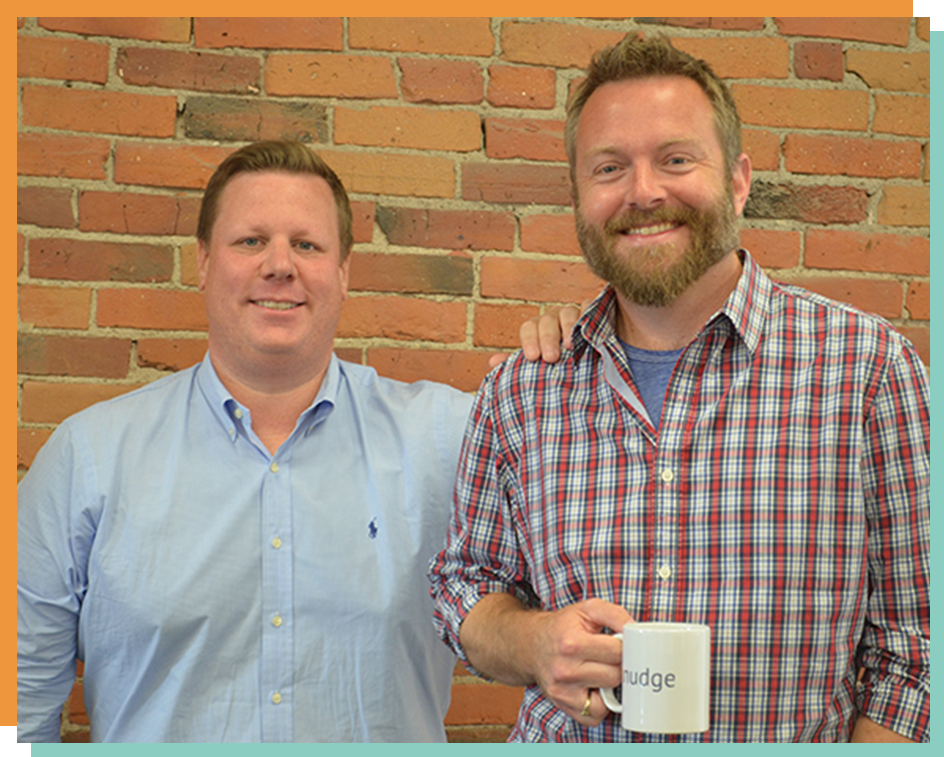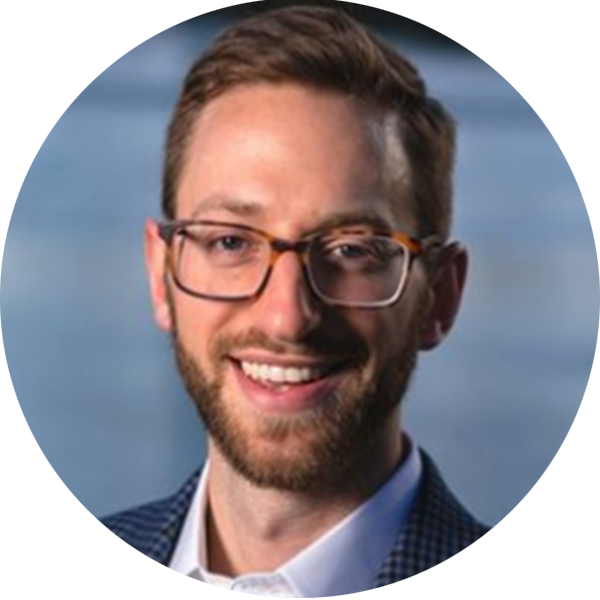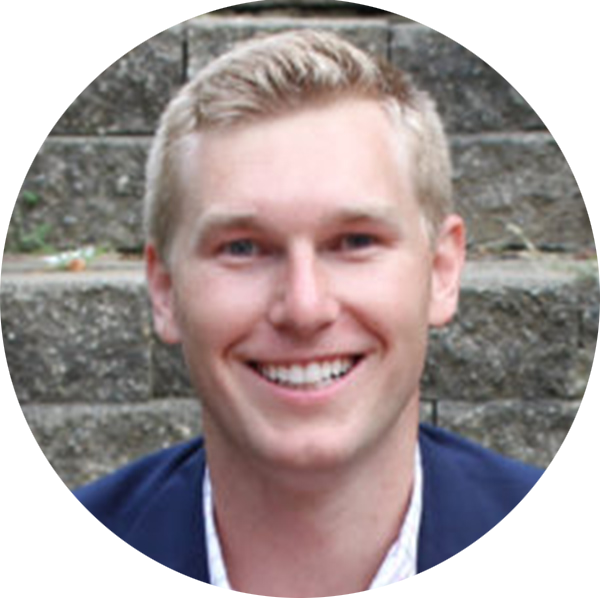5 Innovative strategies to scale a practice
From curating trips to Italy to designing their own software, these planners found creative ways to deepen existing client relationships and make new ones.
By Ingrid Case

The routes to growth for financial planning practices have been well worn — until recently. Traditional methods of adding clients, increasing AUM and boosting productivity are increasingly in flux. Instead, advisors are exploring new ways to curate client experiences, let technology lighten their loads and hang on to second-generation clients.
These new approaches are as diverse as the planners and firms charting them. Here are five ways advisors across the country have successfully grown their practices — and their personal professional development.

Curate experiences and experts
In addition to creating financial plans and managing assets from her Portland, Oregon-based practice, Judith McGee curates experts and travel opportunities for clients who are looking to enrich their lives in a variety of ways.
“We’ve identified experiences for clients [from] all over the world,” says McGee, CEO of McGee Wealth Management.

Advisor Judith McGee (center) arranged a culinary event in Italy with for her client, Dr. Kathleen Meyer (right), and her client's friend, Ginny Young (left).
Advisor Judith McGee (center) arranged a culinary event in Italy with for her client, Dr. Kathleen Meyer (right), and her client's friend, Ginny Young (left).
For instance, a friend of McGee’s opened La Cucina Sabina, an Italian cooking school in a private villa north of Rome. “Because I have a personal relationship with the owner, I’ve been able to arrange for clients to have this Italian cooking school experience,” McGee says.
Advisor-as-travel-concierge is not such a far-fetched idea. “Wealthy families expect more than the Tesla charging station installed at their lake house. They want experiences like an exclusive trip to the Kentucky Derby or an African safari with a private presentation to family members hosted by the camp owner,” according to Tom Kindle, Director for BNYMellon Pershing’s Advisor Solutions.
HNW parents happily pay for their kids to join them on excursions
74% |
of Americans prioritize experiences over products or things |
Offering this level of service has served McGee’s practice well. “Our people feel like they’re well taken care of,” she says. “That’s built our business over the years.” As of July, AUM had grown to $643 million from $463 million in 2016.
McGee says she seeks opportunities to guide clients to other services as well. Sometimes the connection she makes is to an architect or contractor. She’s recommended real estate agents and movers, as well as oral historians who interview a parent or grandparent on videotape.
In other instances, the practice has assisted clients as they make life changes. “We have some aging clients who don’t have close family, and we’ve helped them check out retirement facilities and decide where to move,” she says.

Build your own software
Single Point Partners in Boston founder Shaun Erickson has used new software and other tech tools to help his five-person team with a wide variety of planning tasks. And when he couldn’t find the right technology for a particular problem, the firm built it.
“As a smaller financial firm, without the burden of a huge infrastructure to implement across, we’ve always had the luxury of being able to try new technologies,” Erickson says. “If they don’t work, we can pivot off without much disruption.”
There was, however, one pain point for which there was no technology fix: The ability to share a to-do list with clients that let the advisors see where clients stood on their action items. For one, the firm needed a way to streamline delivery of reminders and give clients an easy way to say they’d completed a task such as naming account beneficiaries, or alternatively say, ‘I’ve hit a snag and I need help.’”

Planner Shaun Erickson (left) worked with Knudge co-founder Dave Connolly (right) to develop the client reminder software.
Planner Shaun Erickson (left) worked with Knudge co-founder Dave Connolly (right) to develop the client reminder software.
Single Point Partners worked with a technology and product team to create Knudge. A finalist in this summer’s XYPN’s FinTech Competition, the product has generated interest from other planners.
“It will be a massive timesaver for us, plus we think we’ll learn a lot about what reminders generate a response,” Erickson says.
Even without Knudge, he adds, technology (such as virtual meeting software, a client dashboard and file-sharing system, software that runs tax projections, a third-party billing solution, and automated social media archiving) has helped Single Point triple revenue and grow to 90 families and six staff members from 45 client families and two employees at the end of 2016. “Technology has allowed us to move up market and raise our fees,” Erickson says. “What we can deliver now attracts HENRYs — High Earners, Not Rich Yet.”

Create a virtual practice
Once a novelty, working remotely has evolved into a way to cut costs, enhance flexibility and attract clients from all over the U.S., advisors say.
Luis Rosa moved to Las Vegas from New York, setting up a virtual practice for the one year he expected to be there. “The large majority of my clients are still from the East Coast, so I work with them via phone, email and Zoom,” he says.
Three-and-a-half years later, much to his surprise, Rosa still runs a virtual planning practice. “I found that some people like working virtually with me. It’s been an advantage, especially with the younger generation, he says, “no one really wants to sit with me, no matter how much they like me.”
Which tech is most likely to transform wealth management?
|
In that three and a half years, Rosa says, his practice has accumulated $4 million in AUM. Working virtually lets him save office expenses such as rent, internet, and phone lines, as well as commuting and wardrobe costs. He pays monthly dues of $59 for a membership to shared executive suites and will pay an additional hourly fee if he needs to use a room for a meeting. “In total I’d say I’m saving at least $750 per month,” Rosa says.
Clients appreciate meeting with their planner without finding a babysitter or dealing with traffic and parking. “When they’re done, they’re home,” Rosa says. “Plus when I have couples who are clients, it can be tough to get them both in the same place at the same time.”
Carol Fabbri, a Conifer, Colorado-based planner (left), created a virtual practice when she realized she couldn’t meet with both a U.S.-based client and a business partner who moved to Belgium, Paris and then Hong Kong.
“Where I physically am has become less and less relevant,” she says.
The only downside, she says, comes when clients have to make difficult decisions. “It’s hard to hold someone’s hand from 3,000 miles away.”

Rethink fees
The traditional method of charging clients a percentage of assets under management is in flux and innovative advisors are offering a menu of a la carte services and payment options.

Ian Bloom has found success by offering three service models. “We work together for a year on everything in a client’s life that has a dollar sign in front of it for $2,400 to $6,000 a year,” he says. The owner of Open World Financial Life Planning in Raleigh, North Carolina, takes half up front and bills the other half monthly. Clients can get a more limited project done for an hourly fee, and managing assets costs from 75 to 100 basis points of AUM. Revenue has climbed 32% over the nine months since he opened his RIA. Total client growth is at 29% over the same period.

Ben Smith, who founded Cove Financial Planning in Milwaukee, charges a monthly fee for clients with less than $250,000 in assets under management. “I've found that the traditional AUM-only fee structure limits access to people who may be high- income earners, but have not yet accumulated a sizable investment account,” he says. “Before I started this firm I was at a large RIA with a strict $1 million asset minimum. I turned away a lot of people.”

Colin Overweg, CEO of Advize Wealth Management in Grand Rapids, Michigan, has a blended fee formula: a percentage of AUM and fees must total a minimum of $1,800 a year. “Being able to work with not only retirees but also with young people in the accumulation phase has really helped me grow my practice,” Overweg says. In the first seven months of 2019, Overweg added nine client households paying an average fee of $2,400.

Orchestrate philanthropy
Guiding clients through tax-advantaged charitable giving plans can sometimes deplete assets under management, but Arlene Cogen measures growth by other metrics. The Portland, Oregon-based planner helps multiple generations develop charitable strategies, in part because doing so lets her build relationships with clients’ younger relatives.
“Sixty percent to 90% of children fire [their] parents’ advisors within the first year after the parents’ deaths, because they don’t have a relationship with those planners,” she says. By forging these relationships, Cogen hopes to keep managing client assets generation after generation.
|
|
60% to 90% of children fire [their] parents’ advisors within the first year after the parents’ deaths, because they don’t have a relationship with those planners. |
|
This strategy also helps clients remember her when they come into wealth. “When people sell real estate or a business, that’s both a charitable opportunity and an opportunity to bring new assets under management,” says Cogen, who also provides consulting services to other advisors. Orchestrating a multigenerational giving plan increases the chances that younger family members will bring her their business before they inherit. Cogen estimates that the planners she works with are keeping between 60% to 80% of their second-generation clients.






